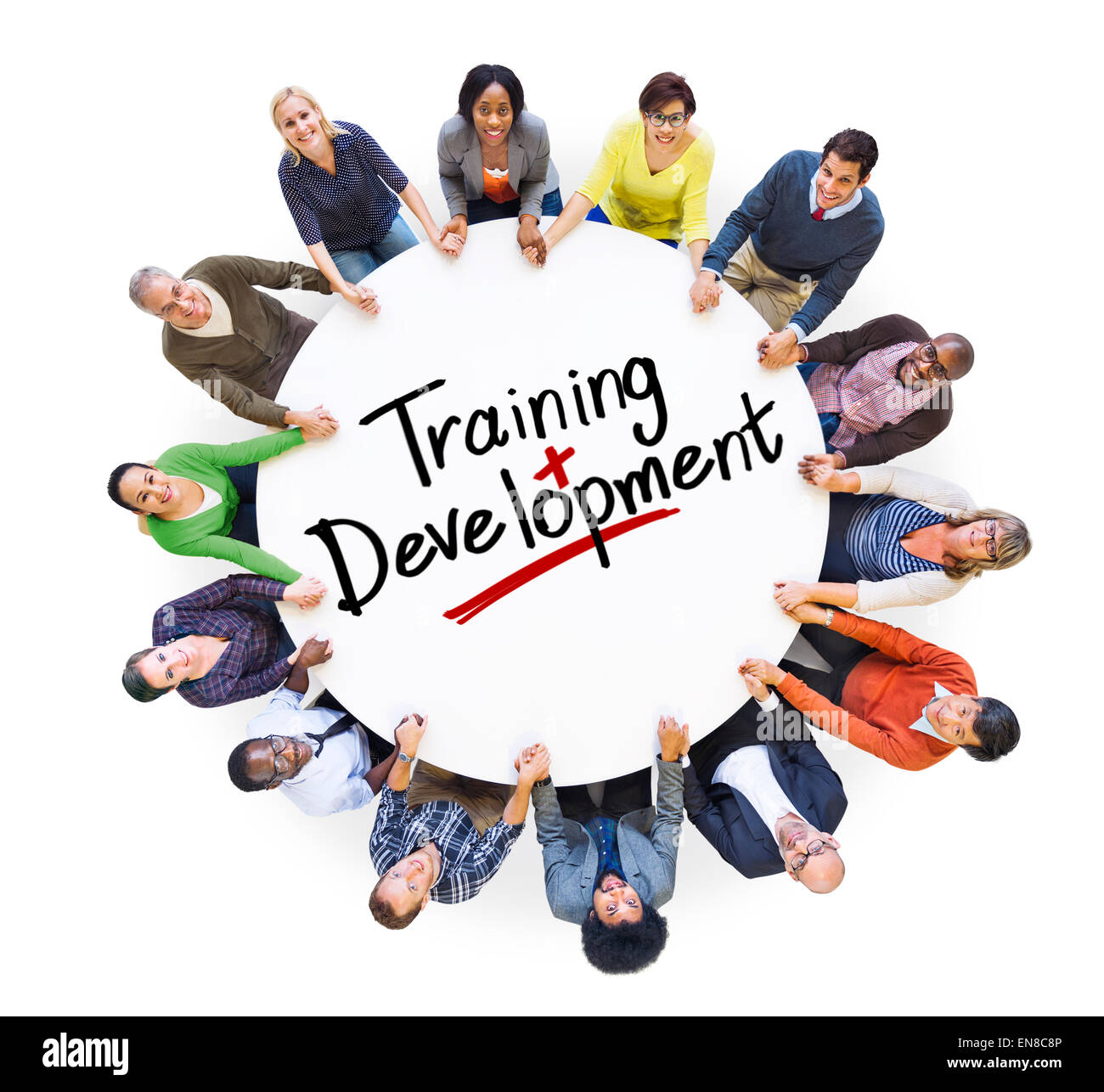Effective employee training is no longer a ‘nice-to-have’ – it’s a fundamental investment in any organization’s success. In today’s dynamic business landscape, companies need to cultivate a workforce equipped with the skills and knowledge to adapt to evolving technologies, meet new challenges, and consistently deliver exceptional results. Employee training is the cornerstone of this transformation, impacting everything from productivity and innovation to employee retention and overall company culture. This article will explore proven strategies for boosting employee training programs, moving beyond basic workshops and embracing a more holistic approach. We’ll delve into the importance of tailored training, leveraging technology, and fostering a culture of continuous learning. Let’s explore how to create a truly impactful employee training strategy.

The Importance of Employee Training

The benefits of robust employee training programs are far-reaching and consistently demonstrate a positive return on investment. Firstly, it directly enhances employee performance. Well-trained employees are more efficient, accurate, and capable of consistently meeting expectations. This translates into increased productivity and reduced errors – critical for maintaining operational efficiency. Secondly, training fosters a culture of continuous improvement. When employees are equipped with the skills to tackle new challenges, they are more likely to proactively seek out opportunities for growth and innovation. Finally, investing in employee development demonstrates a commitment to their well-being, boosting morale and reducing employee turnover. A disengaged workforce is a costly one, and proactive training is a powerful tool for retaining talent. Without adequate training, organizations risk stagnation and falling behind in a competitive market.

Tailoring Training to Specific Roles and Needs
Generic training programs rarely resonate with all employees. The key to effective training lies in tailoring content to the specific roles and responsibilities of individual employees. A marketing specialist will require different training than a warehouse worker, for example. A thorough needs assessment is the first step. This assessment should identify skill gaps, performance weaknesses, and areas for improvement. Based on this assessment, training programs can be designed to address these specific needs. Consider using skills gap analysis tools to pinpoint exactly what employees need to learn to perform their jobs effectively. Furthermore, incorporating role-specific scenarios and simulations can significantly enhance engagement and retention. Providing practical, real-world examples makes the learning experience more relevant and memorable.

Leveraging Technology for Enhanced Training Delivery
Technology is revolutionizing the way we deliver employee training. Learning Management Systems (LMS) provide a centralized platform for delivering online courses, tracking progress, and managing training schedules. These systems offer a wide range of features, including adaptive learning, personalized content recommendations, and automated reporting. Microlearning – delivering short, focused training modules – is another powerful tool, particularly for busy employees. Videos, interactive simulations, and gamified learning experiences can significantly boost engagement and knowledge retention. Furthermore, virtual reality (VR) and augmented reality (AR) are emerging technologies that offer immersive training experiences, allowing employees to practice skills in a safe and controlled environment. Choosing the right technology is crucial for maximizing the effectiveness of training programs.

The Power of Onboarding and Ongoing Development
Effective onboarding programs are critical for integrating new hires into the organization and ensuring they have the necessary knowledge and skills to succeed. A well-structured onboarding process goes beyond simply handing over paperwork. It involves providing new employees with a clear understanding of their role, company culture, and expectations. Ongoing development opportunities, such as mentorship programs, leadership training, and professional certifications, are equally important for fostering a culture of continuous learning. Regular performance reviews and feedback sessions provide opportunities for employees to identify areas for improvement and receive coaching. Creating a system for recognizing and rewarding employee development efforts also encourages engagement and motivates continued growth. Investing in these ongoing development initiatives demonstrates a commitment to employee growth and success.

The Role of Leadership in Employee Training
Leadership plays a pivotal role in shaping the success of employee training programs. Leaders must champion training initiatives, allocate resources, and model the behaviors they expect from their teams. They should actively participate in training programs themselves, demonstrating a commitment to employee development. Providing managers with the training they need to effectively coach and mentor their teams is also essential. Leaders should also create a culture where employees feel comfortable seeking feedback and taking risks, knowing that their efforts will be valued. When leaders prioritize employee development, it creates a positive feedback loop, leading to increased engagement, improved performance, and a stronger organizational culture.

Measuring the Effectiveness of Employee Training
It’s not enough to simply deliver training; organizations need to measure its effectiveness. Key metrics to track include employee performance improvements, knowledge retention rates, and employee satisfaction scores. Surveys and quizzes can be used to assess knowledge retention. Tracking training completion rates provides insights into engagement levels. Analyzing performance data after training can demonstrate a return on investment. Using data to identify areas for improvement is crucial for optimizing training programs. A blended approach, combining quantitative and qualitative data, provides a more comprehensive understanding of training effectiveness.

The Future of Employee Training: AI and Personalized Learning
Artificial intelligence (AI) is poised to dramatically reshape employee training in the coming years. AI-powered learning platforms can personalize training content based on individual employee needs and learning styles. AI-driven chatbots can provide instant support and answer employee questions. AI can also analyze training data to identify trends and patterns, allowing organizations to proactively address skill gaps. Furthermore, virtual reality (VR) and augmented reality (AR) will become increasingly sophisticated, offering immersive and interactive training experiences. The future of employee training is undoubtedly personalized, data-driven, and increasingly immersive.

Conclusion
Investing in employee training is not just a cost – it’s a strategic imperative. By implementing tailored training programs, leveraging technology, fostering a culture of continuous learning, and prioritizing leadership engagement, organizations can unlock the full potential of their workforce and achieve sustainable success. Employee training is an ongoing process, requiring continuous assessment and adaptation to meet the evolving needs of the business and its employees. Ultimately, a well-trained workforce is a productive, engaged, and innovative workforce – a key driver of organizational growth and competitiveness. Employee training is an investment that pays dividends in the long run. Don't underestimate the power of a well-executed training strategy.
